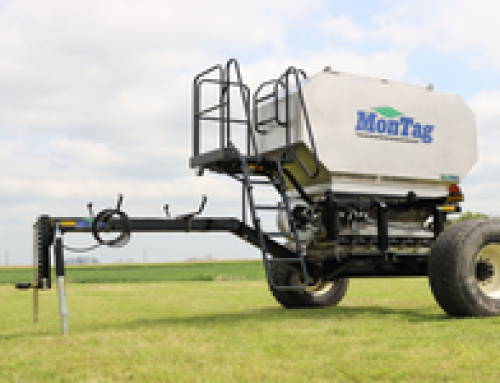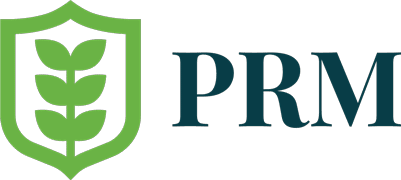by Rachel Schutte, Content Producer, Feedstuffs
The Centers for Disease Control and Prevention reports a person in Texas tested positive for highly pathogenic avian influenza, commonly known as bird flu, after exposure to dairy cattle presumed to be infected with HPAI.
The National Veterinary Service Lab confirmed the H5N1 strain of Influenza A caused recent outbreaks of avian influenza in dairy cattle across at least five U.S. states. This is the same strain contracted by the patient in Texas.
The patient describes eye redness as their only symptom and is recovering. The individual is being treated with an antiviral drug for flu while they isolate.
This is the second person with a confirmed HPAI case in the U.S. A previous human case occurred in Colorado in 2022 when an inmate contracted the virus during a work assignment with poultry. Human infections with avian flu are uncommon but have occurred sporadically worldwide.
Texas issued a public health alert Monday asking health care providers in the state to be on the lookout for people with symptoms of avian influenza who may have been exposed to an infected person or animal.
Preventive measures
Despite this infection, the CDC still considers the risk to the U.S. general public to be low. However, people with close or prolonged exposures to infected animals or to environments contaminated by infected animals are at greater risk.
The CDC encourages people to avoid exposure to sick or dead animals including birds, animal carcasses, raw milk, feces, litter or any other materials contaminated by animals with a suspected HPAI infection.
Farmers and workers should wear recommended personal protective equipment such as an N95 filtering facepiece respirator, eye protection and gloves when coming into contact with any exposure risks. Anyone exposed to HPAI infected birds or other animals should monitor themselves for symptoms, including eye redness, for 10 days following exposure.
To read the entire report click here.


